当前位置:网站首页>Eklavya -- infer the parameters of functions in binary files using neural network
Eklavya -- infer the parameters of functions in binary files using neural network
2022-07-02 07:52:00 【MezereonXP】
EKLAVYA – Using neural network to infer the parameters of functions in binary files
List of articles
This time I will introduce an article , be known as Neural Nets Can Learn Function Type Signatures From Binaries
From the National University of Singapore Zhenkai Liang The team , It's in Usenix Security 2017 On
Problem introduction and formal definition
The main concern of this work is function parameter inference , There are two parts :
- Number of parameters
- Type of parameter , such as int, float etc.
Traditional methods usually use some prior knowledge , take Semantics of instructions ,ABI practice (Application Binary Interface), Compiler style And so on .
Once the compiler changes , The instruction set has changed , Then we need to reintroduce some prior knowledge .
If we can get rid of , Or reduce the use of these prior knowledge , Then there will be no restriction !
that , Use neural networks for automated learning and inference , It's just a way of thinking .
Presupposition
- We can first know the boundary of a function (boundary)
- Inside a function , We know its instruction boundary
- We know that it represents a function call (function dispatch) Instructions , such as call
Through the disassembly tool , We can satisfy the above assumptions .
It is worth mentioning that , Function boundaries can also be done using neural networks , Interested readers can refer to Dawn Song Hair in Usenix Security 2015 Of Recognizing functions in binaries with neural networks.
here , First, give some definitions of symbols :
We define our model as M ( ⋅ ) M(\cdot) M(⋅)
Defined function a a a The disassembled code is T a T_a Ta , T a [ i ] T_a[i] Ta[i] Representative function a a a Of the i i i Bytes
function a a a Of the k k k Instructions can be written as I a [ k ] : = < T a [ m ] , T a [ m + 1 ] , . . . , T a [ m + l ] > I_a[k]:= <T_a[m], T_a[m+1],...,T_a[m+l]> Ia[k]:=<Ta[m],Ta[m+1],...,Ta[m+l]>
- among m m m Is the position index of the starting byte of the corresponding instruction
- l l l Is the number of bytes contained in the instruction
A contain p p p Functions of instructions a a a Can be expressed as T a : = < I a [ 1 ] , I a [ 2 ] , I a [ p ] > T_a:=<I_a[1],I_a[2],I_a[p]> Ta:=<Ia[1],Ia[2],Ia[p]>
If a function b b b There is a direct call call For the function a a a, We will this article call Take out all the instructions before the instructions , be called caller snippet, It can be translated into Caller fragment . Defined as C b , a [ j ] : = < I b [ 0 ] , . . . , I b [ j − 1 ] > C_{b,a}[j]:=<I_b[0],...,I_b[j-1]> Cb,a[j]:=<Ib[0],...,Ib[j−1]>
- among I b [ j ] I_b[j] Ib[j] Corresponding call function a a a The order of
- If I b [ j ] I_b[j] Ib[j] Is an indirect call , We make C b , a [ j ] : = ∅ C_{b,a}[j]:=\empty Cb,a[j]:=∅
We will collect functions a a a Caller fragments of all callers of , Write it down as D a : = T a ∪ ( ⋃ b ∈ S a ( ⋃ 0 ≤ j ≤ ∣ T b ∣ C a , b [ j ] ) ) \mathcal{D}_a:=T_a\cup(\bigcup_{b\in S_a}(\bigcup_{0\leq j\leq |T_b|}C_{a,b}[j])) Da:=Ta∪(⋃b∈Sa(⋃0≤j≤∣Tb∣Ca,b[j]))
- among S a S_a Sa Is to call a a a A collection of all functions of
Because the length of the caller fragment can be very long , Here the article is set to no more than 500 Orders
Our function M ( ⋅ ) M(\cdot) M(⋅) Accept input D a \mathcal{D}_a Da , Output two variables :
- function a a a The number of parameters
- function a a a The type of each parameter of
- C- The parameter type of style can be defined as int, char, float, void*, enum, union, struct
Methods to design
Let's first give the overall method flow chart :
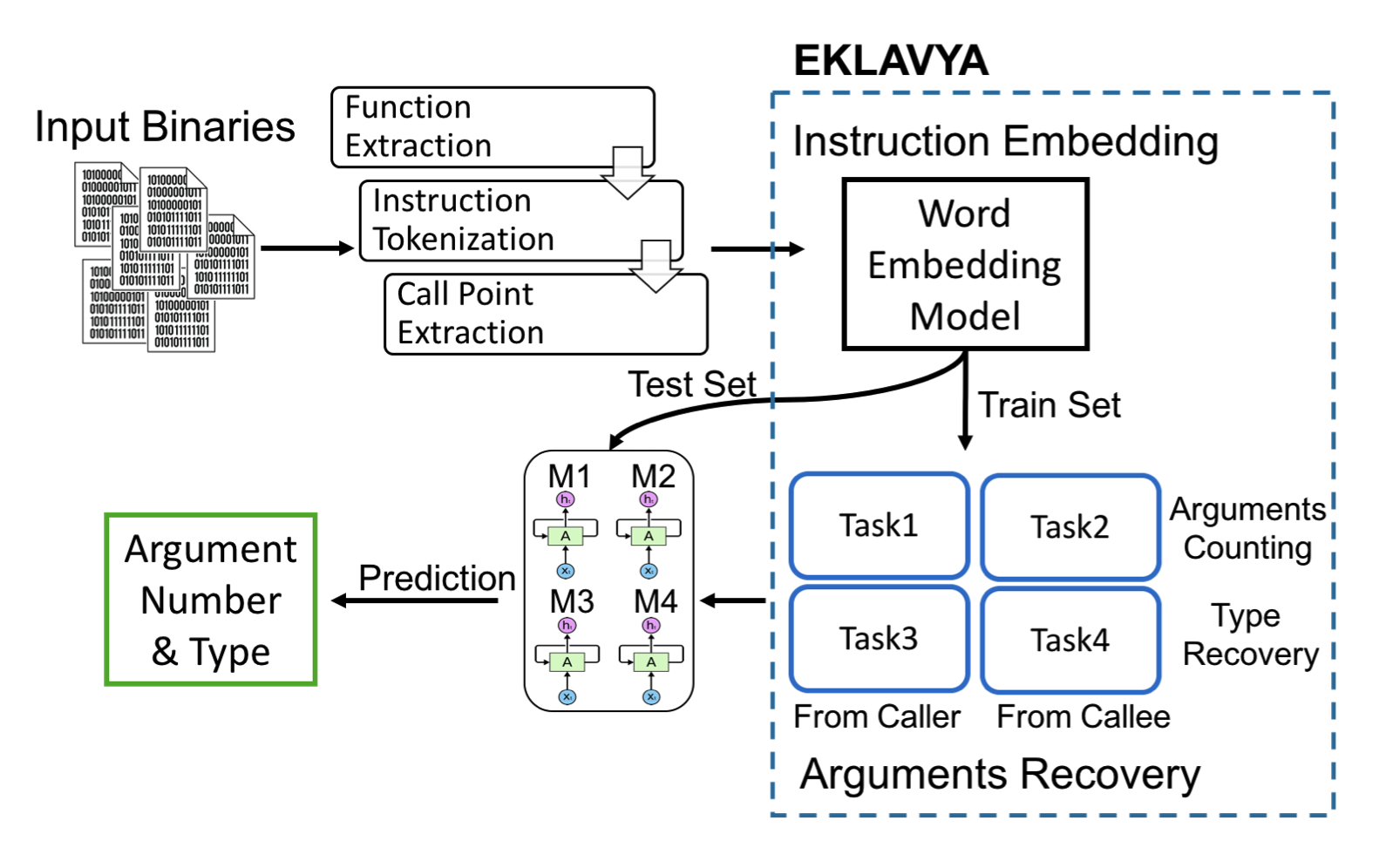
Simply speaking , It can be divided into two modules :
- Instruction encoding module
- First , Extract the input binary file 、 The division of instructions 、 Extraction of call points .
- Then the instructions are Word Embedding code , Get the corresponding vector representation , This part can refer to NLP Medium Word2Vec.
- Parameter restore module
- Divide these data into training set and test set , Separate use 4 A recurrent neural network (RNN) Come from two aspects ( Caller and callee ) Infer the number and type of function parameters , That is, it corresponds to 4 A mission (Task2,Task4 Corresponding to the callee ,Task1,Task3 Corresponding to the caller ).
How to infer multiple parameter types ?
One RNN, Enter a sequence , Only one type can be inferred .
So the implementation of this article is , Train more than one RNN, every last RNN Independently infer the parameter type of the fixed position .
With a first RNN Infer the number of parameters , Then use multiple RNN To infer the parameters of different positions .
Data preparation
This article uses some linux My bag , And then use clang and gcc To compile , By setting debug Pattern , You can go directly to binary Medium DWARF Field to find the corresponding function boundary 、 Number and type of parameters , As ground truth.
Two data sets are built :
- Data sets 1: Contains 3 A popular linux package (binutils,coreutils as well as findutils), Used O0 To O3 The optimization level of
- Data sets 2: Put the dataset 1 Contains linux Package expansion , Increase more 5 individual (sg3utils, utillinux, inetutils, diffutils and usbutils), Also in the 4 Compile on an optimization level
The division ratio of training set and test set is 8:2
Unbalanced data
In the construction of data sets , There will be a large difference in the proportion of different types of data . For example, the parameter is pointer Type of data is union Hundreds of times the type , Most functions are less than 3 Parameters . This article does not solve this problem .
experimental result
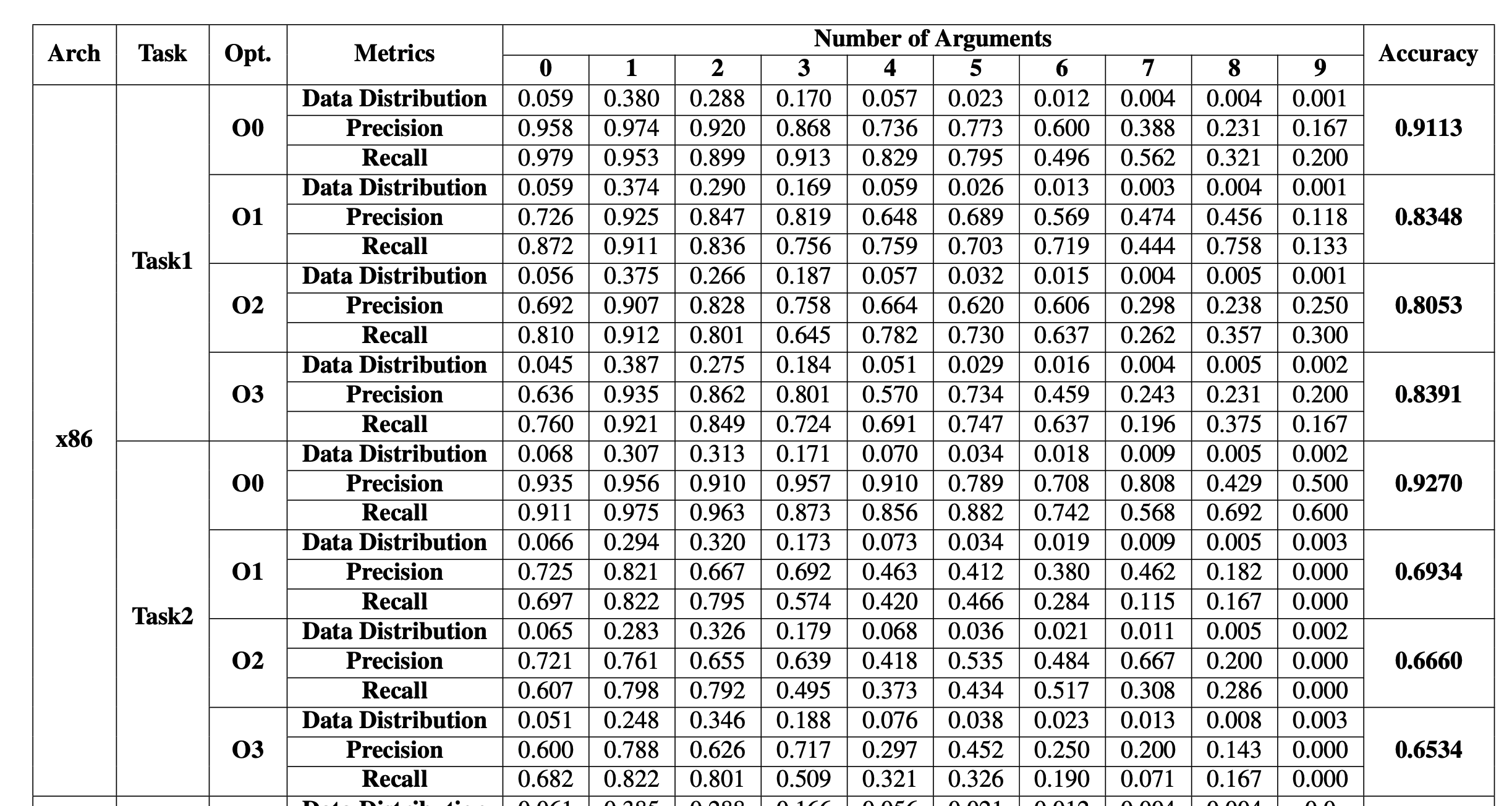
Post it here Task1 and Task2, That is, through the caller and the callee , The result of inferring the number of parameters
You can see :
- The higher the optimization level , The harder it is to infer , But there is no strict increasing relationship
- The more parameters , The harder it is to infer , It is also related to the amount of training data
- From the caller , It is easier to infer the number of parameters

It's on it , About the result of parameter type inference
You can see :
- The optimization level seems to be less intrusive , Even the higher the optimization level , The more accurate the inference type
- The farther back the parameter is , The harder it is to infer the type
- Infer from the caller and the callee , The difference is not great
边栏推荐
- 【学习笔记】Matlab自编图像卷积函数
- 【雙目視覺】雙目矯正
- [binocular vision] binocular stereo matching
- 【学习笔记】反向误差传播之数值微分
- 【学习笔记】Matlab自编高斯平滑器+Sobel算子求导
- 【Batch】learning notes
- ABM论文翻译
- 【Sparse-to-Dense】《Sparse-to-Dense:Depth Prediction from Sparse Depth Samples and a Single Image》
- CPU register
- Faster-ILOD、maskrcnn_benchmark训练自己的voc数据集及问题汇总
猜你喜欢
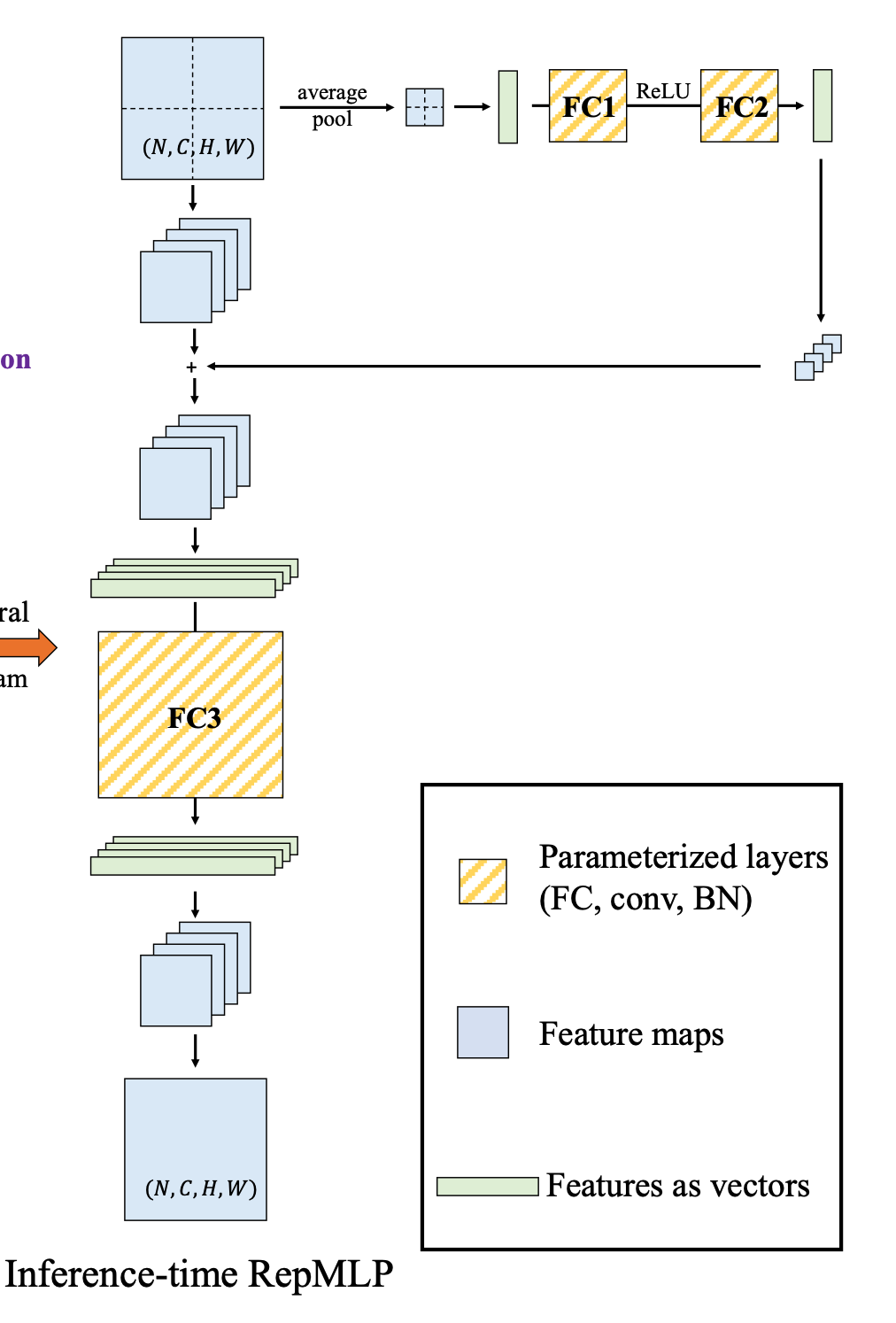
用全连接层替代掉卷积 -- RepMLP

深度学习分类优化实战
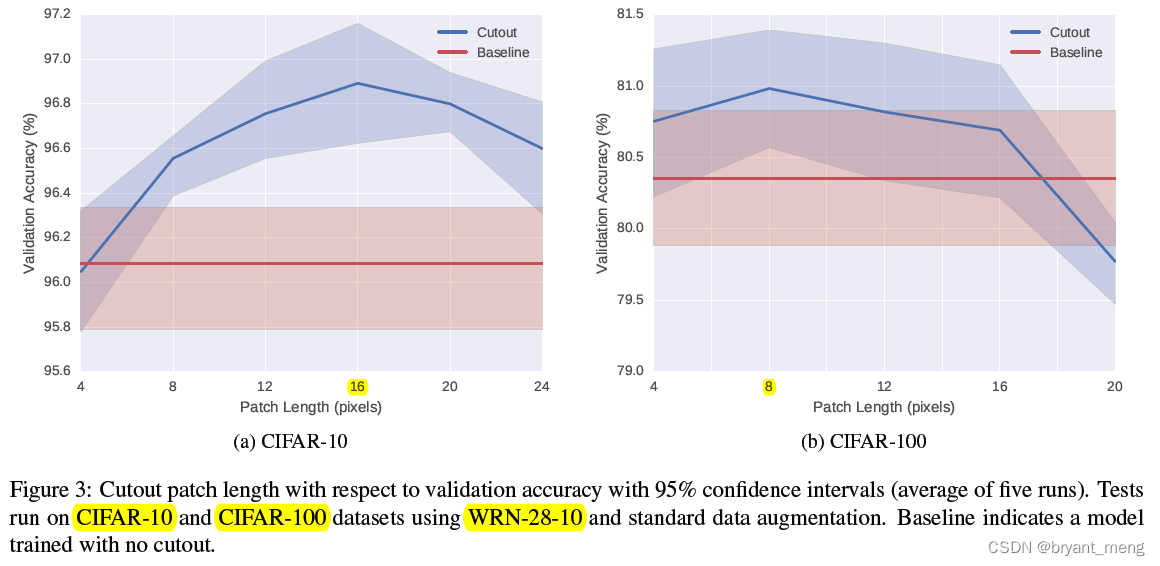
【Cutout】《Improved Regularization of Convolutional Neural Networks with Cutout》

【Cutout】《Improved Regularization of Convolutional Neural Networks with Cutout》
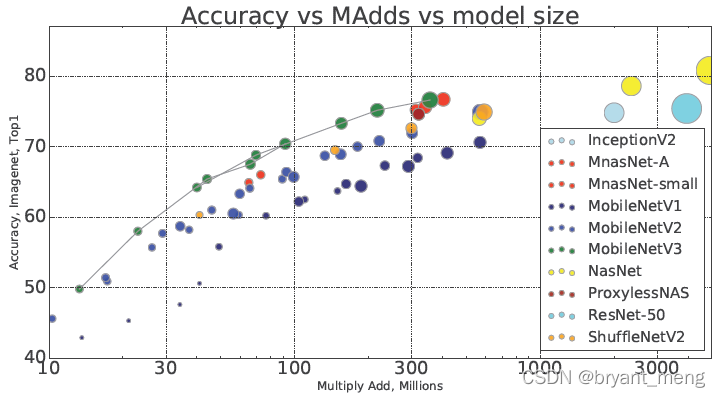
【MobileNet V3】《Searching for MobileNetV3》
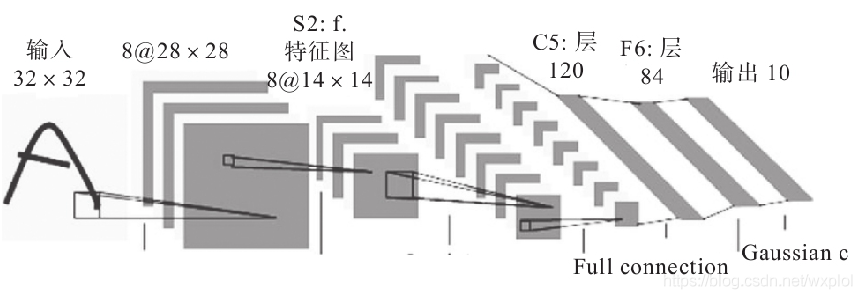
Common CNN network innovations

【学习笔记】Matlab自编高斯平滑器+Sobel算子求导
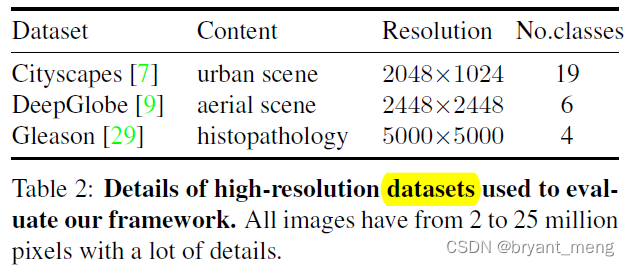
【MagNet】《Progressive Semantic Segmentation》
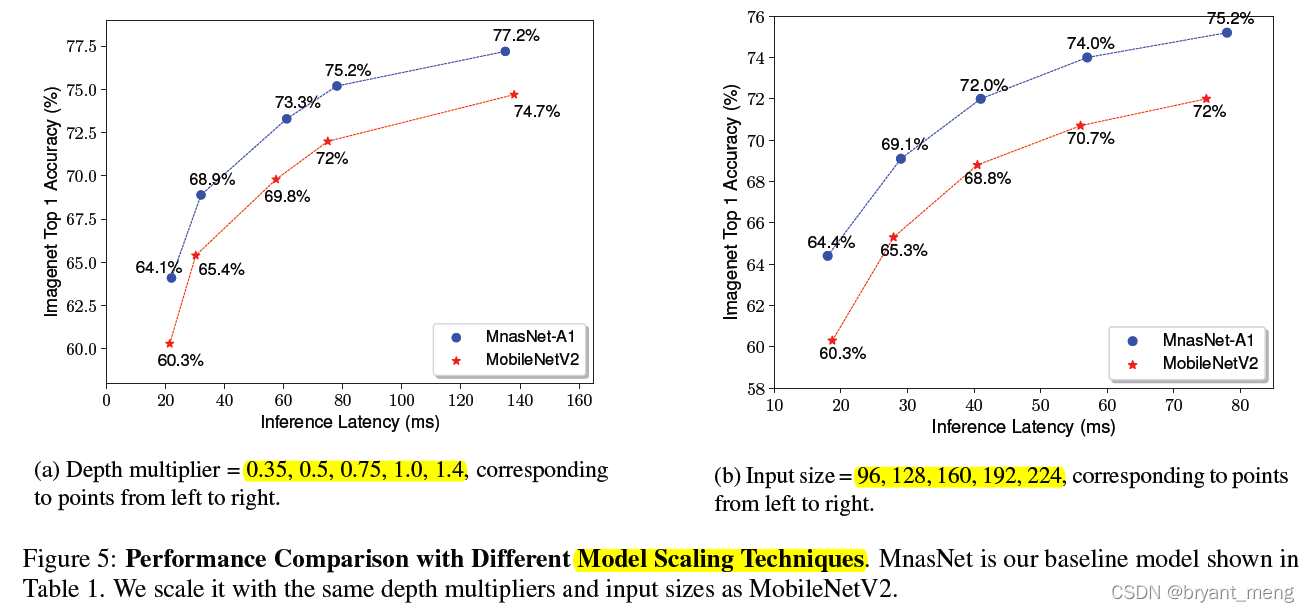
【MnasNet】《MnasNet:Platform-Aware Neural Architecture Search for Mobile》

常见CNN网络创新点
随机推荐
CPU的寄存器
What if a new window always pops up when opening a folder on a laptop
Daily practice (19): print binary tree from top to bottom
Label propagation
Huawei machine test questions-20190417
传统目标检测笔记1__ Viola Jones
Conversion of numerical amount into capital figures in PHP
【Batch】learning notes
Drawing mechanism of view (II)
Thesis writing tip2
TimeCLR: A self-supervised contrastive learning framework for univariate time series representation
【MobileNet V3】《Searching for MobileNetV3》
【学习笔记】Matlab自编高斯平滑器+Sobel算子求导
用全连接层替代掉卷积 -- RepMLP
【深度学习系列(八)】:Transoform原理及实战之原理篇
win10+vs2017+denseflow编译
深度学习分类优化实战
[CVPR‘22 Oral2] TAN: Temporal Alignment Networks for Long-term Video
ABM thesis translation
Execution of procedures